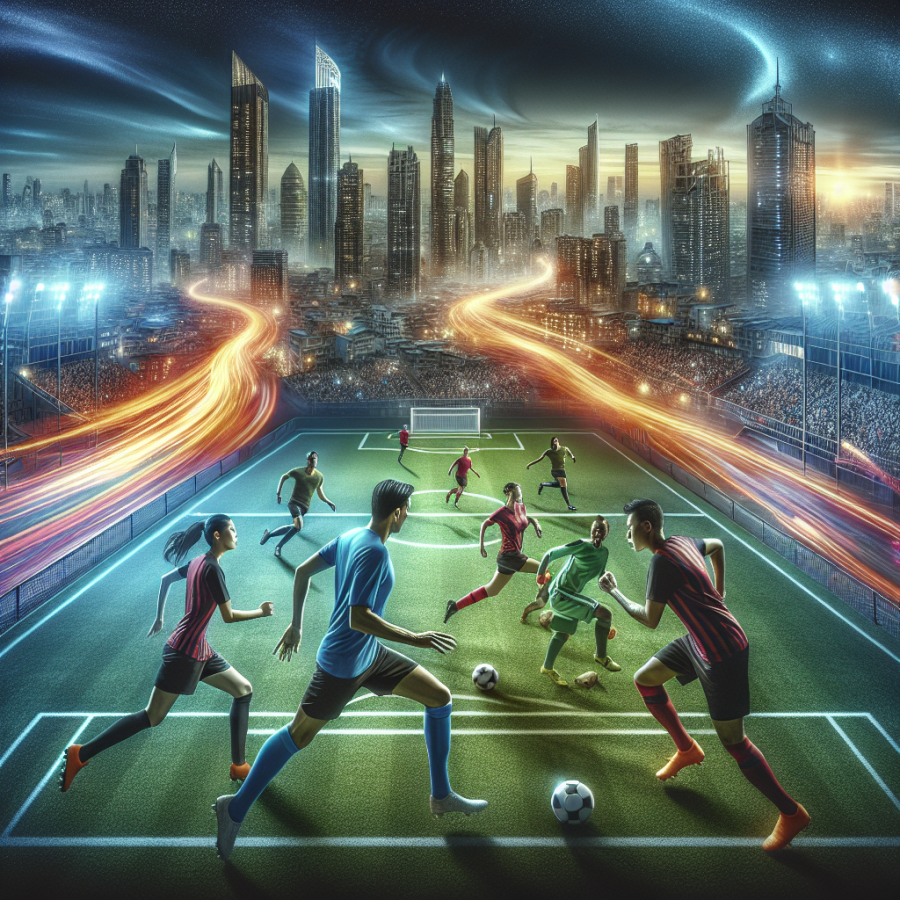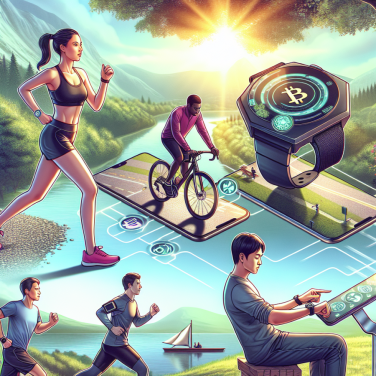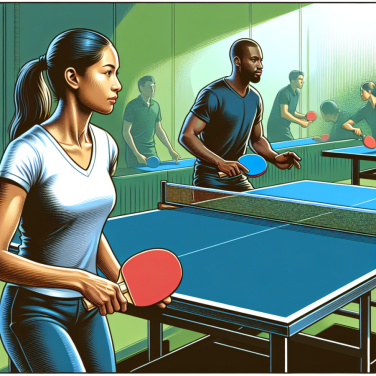Understanding the Urban Gridiron Landscape
The rise of metropolitan football culture has transformed cityscapes into platforms for a sport that captures the urban pulse. Central to this phenomenon is the integration of stadiums and public spaces designed to accommodate the fervor for football. Modern cities now often feature state-of-the-art arenas that are more than just venues for sports events but serve as hubs for community gathering and city pride.
Gameday Rituals in the City
City-dwellers have crafted unique pre-game and post-game rituals that reflect their metropolitan environment. Tailgating, which once predominantly took place in vast parking lots, has adapted to urban settings with rooftop gatherings and street-side cookouts. Fans decked in their team’s colors flood the local pubs, restaurants, and public transport, turning the city into a sea of communal celebration.
Youth Football and Urban Identity
Football academies and school leagues have become staples in the urban sporting scene, presenting opportunities for local talent to emerge. These institutions not only foster future athletes but also become cornerstones of community identity and pride. The game’s influence has seen the creation of after-school programs and initiatives aimed at promoting teamwork and discipline, anchoring football's role in shaping the social fabric of the metropolis.
The Economic Impact of Urban Football
The presence of a football team can significantly influence a city’s economy. Game days generate substantial revenue for local businesses and can lead to urban development projects aimed at enhancing the fan experience. From retail and hospitality to infrastructure upgrades, football has proven to be a catalyst for economic activity and urban renewal.
Architecture and Aesthetics: Stadiums in the Cityscape
The design of modern football stadiums has taken center stage in discussions about urban aesthetics. These structures are not just sporting arenas but architectural landmarks that reflect a city’s persona and aspirations. Innovative designs often incorporate green spaces, public art, and multi-use facilities, making them year-round destinations that serve a broader purpose than football alone.
Cultural Integration and Diversity on the Stands
The rise of metropolitan football culture has also seen a strengthening of diversity and inclusivity within the city’s fandom. The stands are melting pots where people from different backgrounds come together, unified by their shared passion for the game. This blending of cultures around a common interest has made football an instrument for promoting social cohesion within the urban landscape.
Sustainability and Green Initiatives
With environmental concerns becoming more pressing, urban football culture has seen a push towards sustainability.
Tackling Traditions: How Urban Centers Became Hotbeds for Football Fandom
Urban centers have long been revered as melting pots of culture, art, and innovation. While they have hosted a myriad of different cultural events and movements, it is their unique relationship with football that has catalyzed their transformation into arenas of impassioned fandom. In dissecting the rise of metropolitan football culture, it's impossible to overlook how urban areas have become hotbeds for football fandom, shaping the tradition of the sport in their own image.
The nucleus of urban football culture can often be traced back to the establishment and success of local professional teams. Cities with successful football franchises, especially those that have seen championship success, find an exceptional surge in community bonding and local pride. The fervor is evident not only on game day but throughout the year, permeating into the city's very identity.
The geographical layout of cities often contributes to this phenomena. The dense population and compacted living spaces drive people closer together, both figuratively and literally. This proximity enables fans to gather en masse, whether in bars, public viewing areas, or neighborhood celebrations. The result is a highly charged atmosphere where fandom is not only encouraged but is a significant part of the urban scene.
Accessibility to the games plays a crucial role in fostering football fandom within urban centers. With public transportation systems, it's considerably easier for fans to reach stadiums in city landscapes as opposed to more remote areas. The ease with which fans can travel to and from games allows for higher attendance rates and a broader fan base that includes all demographics.
Local economies also thrive as football culture rises within the city. Businesses surrounding the football culture—sports bars, merchandise shops, street vendors, and others—flourish. These economic boons feed back into the community and create a cycle of support and growth for local football culture. They become arenas where fans can showcase their loyalty, engage in pre- and post-game rituals, and celebrate the collective unity that football brings.
Media coverage, another pivotal aspect of football culture, is magnified in urban centers where the concentration of media outlets is higher. Local newspapers, television stations, and radio broadcasts cover the teams thoroughly, ensuring the fans are always in the loop. The presence of a team to rally around gives media outlets continuous content and a captive audience eager for coverage, which in turn perpetuates the team's presence in the daily lives of its followers.
The social impact of football fandom in urban areas has significant depth. Football acts as a social glue, fostering interactions and friendships over shared support for the team.
Friday Night Lights to City Skyline Sights: The Evolution of Urban Football Identity
Football, historically a game intertwined with small-town pride and community identity, has experienced a profound transformation as it rocketed to prominence in the hearts of bustling metropolises across the country. This evolution reflects not only the shifting demographics from rural to urban centers but also the changing cultural and economic landscapes that have redefined the modern urban experience.
The nostalgic atmosphere of "Friday Night Lights," emblematic of tight-knit communities gathering to support their local high school teams, has gradually extended into the bright lights and towering skylines of major cities. The small-town teams and rivalries, once the epicenter of football culture, now share the stage with colossal urban franchises that captivate millions of fans within and beyond their metropolitan boundaries.
In this adaptation, urban football identity has developed a complex narrative that encapsulates the diversity, resilience, and vibrancy of city life. This new identity mirrors the sprawling nature of the cities themselves. With the increasing population density of urban areas, football stadiums have become architectural behemoths, often strategically positioned as central hubs that contribute to the city's economy and social cohesion.
These coliseums of the modern age do more than simply host games; they are temples of entertainment that offer a melting pot of cultural experiences. This is reflective of the city's wider offering—where cuisine, art, and fashion merge—creating a holistic and immersive football culture that extends beyond the game.
The infusion of corporate interests has also played a significant role in shaping the urban gridiron culture. Sponsorship deals, media rights, and marketing opportunities have turned the sport into a lucrative business that aligns with the corporate pulse of major cities. The branding of teams and players is intricately tied to the city's image, with star athletes becoming synonymous with the metropolis they represent.
Furthermore, the implementation of community outreach programs by urban football teams has contributed to fostering a sense of loyalty and social responsibility that resonates with city dwellers. These initiatives work to bridge gaps between the franchise and the local neighborhoods, creating a shared identity and a united front that rallies behind the team.
The impact of these changes on fan engagement and local culture has been profound. The traditional fan experience has shifted from the simplicity of bleachers and snack bars to a more sophisticated form of entertainment, combining luxury suites, high-end dining, and interactive fan zones that mirror the hustle and bustle of city life.
Despite the grandeur and commercialization, at the core, the spirit of community remains.




